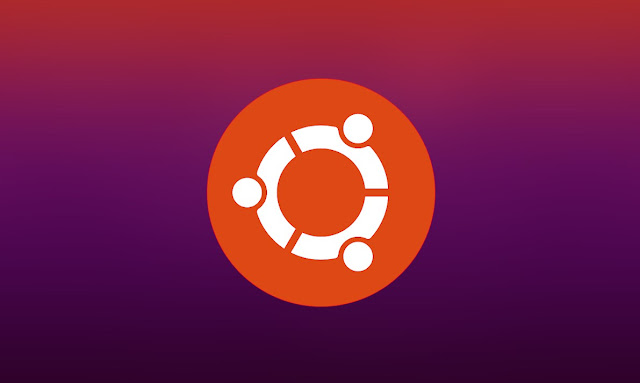Today is two weeks after the release of Ubuntu 20.04 LTS and although we usually take a little longer to get these things because of giving it a margin to guarantee stability, after thoroughly testing several of the official editions and tracking what is counted by there from the rest, we consider that 'Focal Fossa' (the code name of this version) is ready for action.
Thus, we proceed to update our guides on Ubuntu, including the installation guide, basic configuration, and some other loose tutorial, although we begin with this article of previous considerations before continuing with the others because as you already know who you read to us from normal and you have enough experience that you do not need everything, the material is aimed at another type of audience.
Do not be surprised then to see that we copy ourselves, and that is that things change, but not too much. In this article, we bring together several things to consider before installing Ubuntu, including the possibility of trying it without installing it, the estimated requirements, or the recording of the installation image, among others.
What Ubuntu install?
From now on and for the next two years, the recommended Ubuntu version for new installations for practically all use cases is Ubuntu 20.04 LTS, available from April 2020 and supported until 2025. You will find all the news and download at the following link:
- Release Announcement Ubuntu 20.04 LTS
However, Ubuntu has a series of official editions that can be better adjusted to your needs, either for personal taste or for the specifications of your team. Broadly speaking, the difference between them is the desktop environment and the consumption of resources.
According to our tests we recommend, in order:
- Kubuntu, Ubuntu, Xubuntu, Ubuntu MATE, Ubuntu Budgie, Lubuntu.
Regarding the consumption of resources, the recommendation varies (from less to more resources):
- Lubuntu, Xubuntu, Ubuntu MATE, Kubuntu, Ubuntu Budgie, Ubuntu.
Test, before installing
Do you want to install Ubuntu out of curiosity? If the only thing that interests you is to take a look, you can download it, install it on a USB memory and start your computer with it, without altering your disk and the operating system you already have installed. You will need to:
- A 2GB or larger USB flash drive.
- The Ubuntu installation image (link above).
- An application to pass the image to the USB. We recommend Etcher.
- Search your BIOS for the appropriate boot option.
But keep in mind that in this way the performance and stability of Ubuntu (or any other Linux distribution that you test live) suffer considerably.
Installation on 32-bit equipment
Ubuntu has dropped 32-bit support. Your only alternative is to install Ubuntu 18.04 LTS, with the exception of the main Ubuntu edition; or try it with other distributions like MX Linux, based on Debian but highly recommended for these cases. However, go thinking about updating your equipment because you are alone.
Ubuntu and Windows
If what you are interested in is installing Ubuntu on the same computer where you use Windows, it is very simple. We have published guides like this that you can lean on. When the next Windows 10 update comes out, they will renew it for Ubuntu 20.04 LTS and we will tell you about it here (and we will update this information).
So far the main thing. As long as you are clear about all of the above, installing Ubuntu is as simple as installing Windows and much faster. We will shortly publish the installation guide.








0 Comments